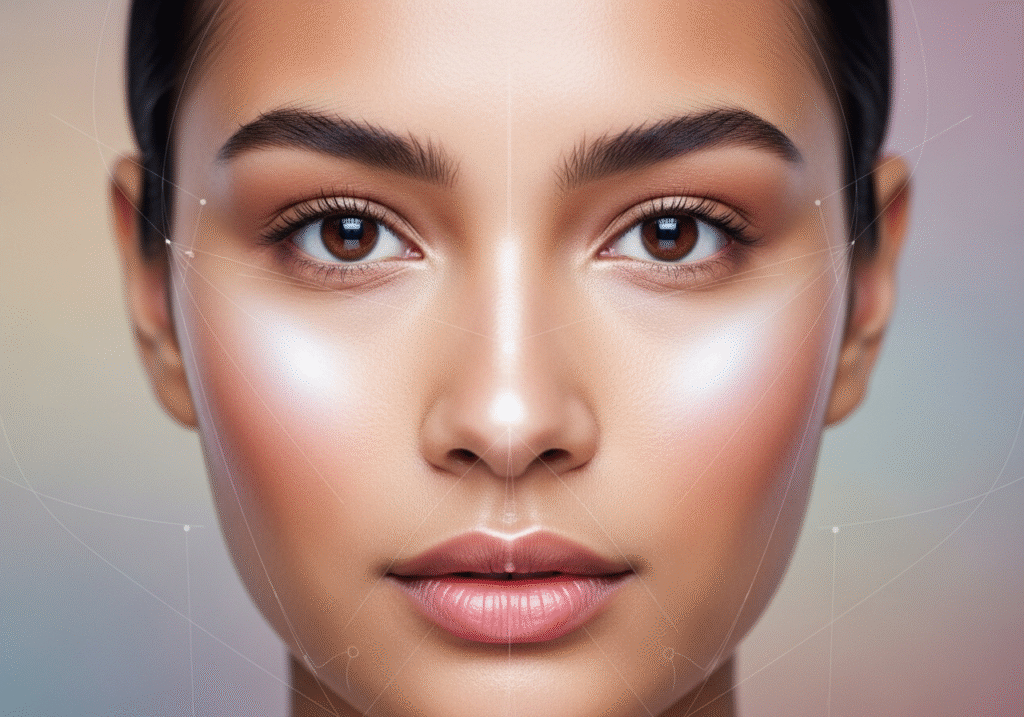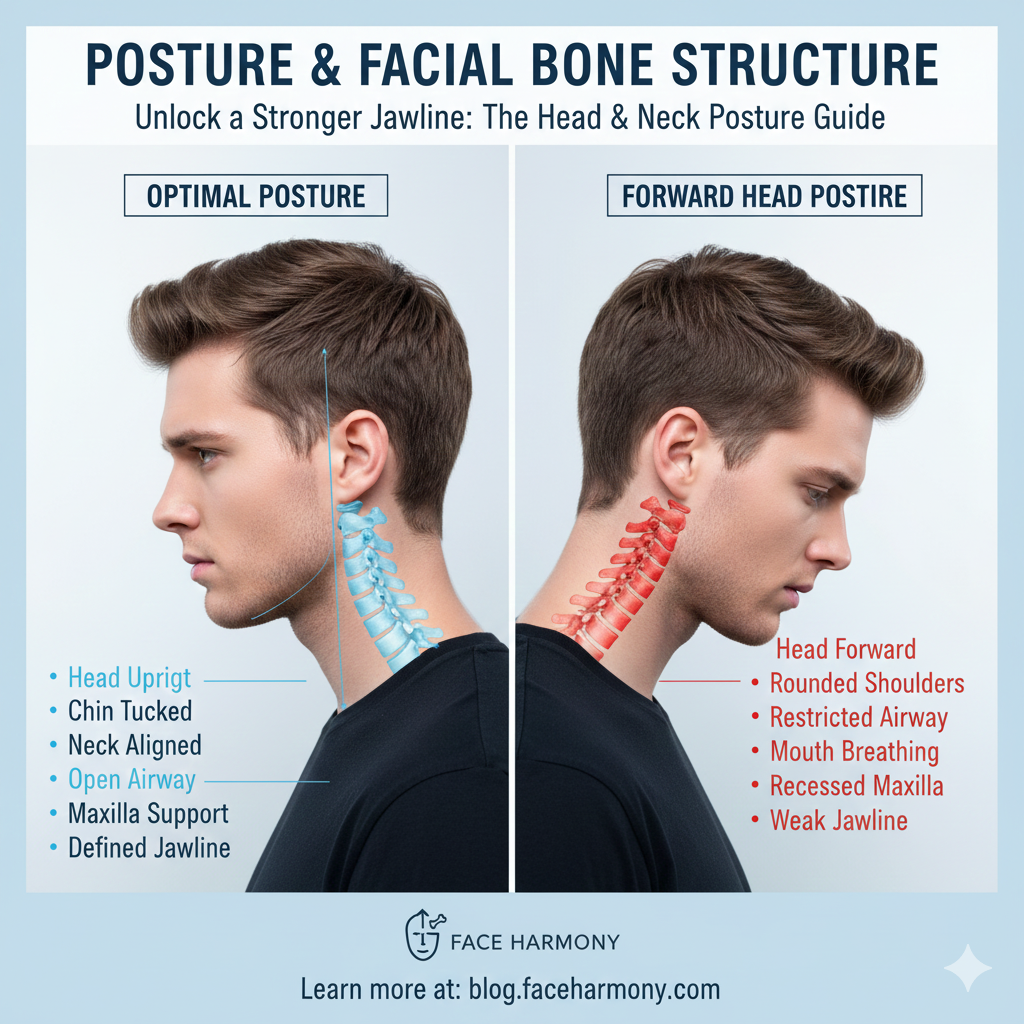Aesthetic face proportions have long been a subject of fascination, rooted in both mathematical principles and psychological perceptions.
Central to this discourse is the concept of the Golden Ratio, often denoted by the Greek letter phi (φ), approximately equal to 1.618.
This ratio appears frequently in nature and is believed to underlie many aspects of beauty, serving as a benchmark against which facial features are measured.
The appeal of faces that adhere to the Golden Ratio arises from an innate human preference for symmetry and balance, qualities associated with health and genetic fitness.
Symmetry plays a crucial role in determining attractiveness.
Faces that are more symmetrical are typically perceived as more aesthetically appealing.
Studies have demonstrated that individuals tend to favor symmetrical faces, as they are often subconsciously associated with positive traits such as youthfulness and vitality.
This preference for symmetry echoes a broader biological strategy—seeking mates who exhibit signs of good health and developmental stability.
The anthropological implications of this phenomenon highlight the evolutionary basis behind aesthetic preferences.
Furthermore, historically, certain facial features have been celebrated in art and culture, reinforcing societal standards of beauty.
For instance, the idealized portraits of figures from the Renaissance often incorporated the Golden Ratio, guiding the artists to create balanced and harmonious compositions.
This practice has contributed to the perpetuation of specific proportional standards across generations, influencing modern perceptions of beauty in various media.
In analyzing aesthetic face proportions, it becomes apparent that the interplay between mathematical principles and psychological responses shapes our understanding of beauty.
The Golden Ratio and symmetry serve as critical frameworks for exploring why certain faces captivate our attention, lending an empirical foundation to the subjective experience of attractiveness.

Videos are as random thoughts 💭 💭 💭.
Cultural Influences on Face Beauty Standards
Beauty standards have long been a subject of fascination and debate, particularly as they pertain to facial proportions.
Throughout history, each culture has developed its own set of ideals that reflect both the values and aesthetics of its society.
For instance, in Western cultures, features such as high cheekbones, symmetrical faces, and fair skin have often been celebrated, creating a standard perpetuated by media and fashion industries.
In contrast, many Asian cultures might prioritize softer facial lines, with certain ideals celebrating the roundness of the face or the brightness of the skin.
The historical context of beauty perception plays a vital role in these differences.
For example, in Ancient Egypt, beauty was associated with youth and a certain regal sophistication, influencing contemporary standards in some regions where a youthful appearance remains prized.
Similarly, African beauty ideals often emphasize features such as fuller lips and curvaceous figures, which are celebrated in various indigenous traditions and shaped by their unique cultural narratives.
Media representation significantly contributes to the perpetuation of these beauty standards.
Globalization has resulted in a crossover of aesthetic ideals, where models from various backgrounds, such as Lupita Nyong’o or Liu Wen, exemplify diverse beauty that garners international admiration.
However, this blending also challenges traditional norms, with some arguing that globalization can lead to a homogenization of beauty, where fewer diverse representations emerge.
Moreover, social media platforms have amplified these discussions, allowing for a more significant representation of various beauty standards.
Models who defy conventional beauty norms can garner substantial followings, advocating for a broader definition of attractiveness that includes a multitude of face proportions and aesthetic choices.
Overall, the interplay between cultural influences and the evolving definitions of beauty underscores the dynamic nature of aesthetic ideals around the world.
Measuring Beauty: Tools and Techniques
Understanding aesthetic face proportions involves a variety of tools and techniques that have evolved over time.
Artists, beauty professionals, and researchers utilize these methods to measure and analyze facial features, helping to establish comprehensive beauty standards.
One of the most significant advancements in this area is the use of digital imaging.
High-resolution cameras and advanced imaging software allow professionals to capture detailed images of the face, enabling precise measurements of distances and angles between facial landmarks.
Facial analysis software further enhances this process by enabling users to apply mathematical models to assess symmetry, proportion, and balance across different facial features.
Programs such as Facelytics or FaceApp utilize algorithms to evaluate facial harmony, providing data that can assist in determining areas needing enhancement or modification.
By relying on structured data, these tools help artists and beauty professionals create portraits or products that align with the established standards for aesthetic appeal.
However, traditional methods still hold significant value in measuring beauty.
Techniques such as the “Golden Ratio” and the use of grid overlays on photographs allow for a straightforward, yet effective, analysis of proportions.
The Golden Ratio, a mathematical ratio prevalent in nature, suggests that certain proportions are more attractive to the human eye.
By comparing facial dimensions to this ratio, artists and beauty experts can gauge the aesthetic appeal of various features.
In addition to these techniques, the practice of utilizing live models for facial assessments provides direct insight into real-world applications of beauty measurements.
This hands-on approach allows professionals to observe how different facial proportions influence overall attractiveness and serves as a foundation for creating personalized beauty standards.
Overall, these tools and techniques contribute significantly to understanding and defining aesthetic face proportions within the sphere of model beauty.
The Impact of Aesthetic Proportions on the Modeling Industry
Aesthetic face proportions play a significant role in the modeling industry, influencing not only casting decisions but also the critical perception of beauty in various marketing and advertising contexts.
The traditional standards of beauty, often characterized by symmetrical features and specific ratios, have historically set a benchmark for aspiring models.
These established proportions can create a form of bias, as models who possess these traits are frequently favored for prominent roles in campaigns and runway shows.
The pressure on models to conform to these beauty ideals can be immense, impacting their self-esteem and career prospects.
Moreover, the reliance on aesthetic face proportions has broader implications for the portrayal of beauty in the media.
Advertisers and brands frequently seek models who fit into these narrow parameters, often sidelining talented individuals who may not meet conventional criteria.
This results in a homogenized representation of beauty, which may not resonate with a diverse audience.
Consequently, aspiring models may feel compelled to undergo cosmetic procedures or adopt certain styles to align with these aesthetic norms, often at the expense of their individuality.
However, there has been a notable shift in recent years as the industry begins to embrace a more inclusive definition of beauty.
With the emergence of diverse models challenging traditional beauty norms, brands are gradually recognizing the value of unique facial features and diverse backgrounds.
This evolution is encouraging the modeling industry to expand its criteria for beauty, allowing for a broader range of representations that can connect with different demographics.
As a result, this shift not only enhances inclusivity but also fosters a healthier environment for aspiring models to pursuit their careers without the pressure of fitting into a narrow aesthetic standard.
In conclusion, understanding aesthetic face proportions is essential, but the evolving landscape of the modeling industry highlights the importance of diversity and authenticity in contemporary beauty standards.






